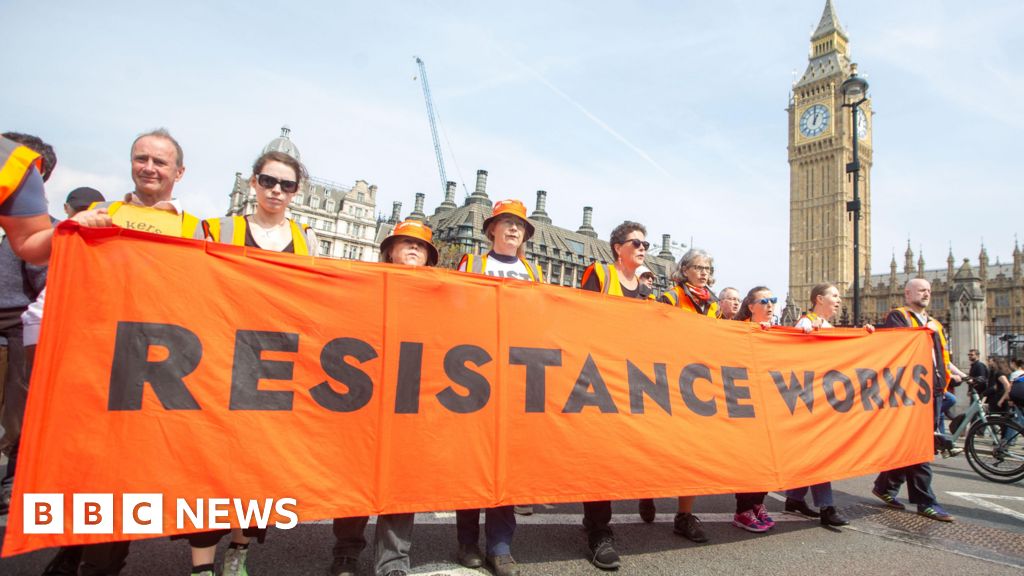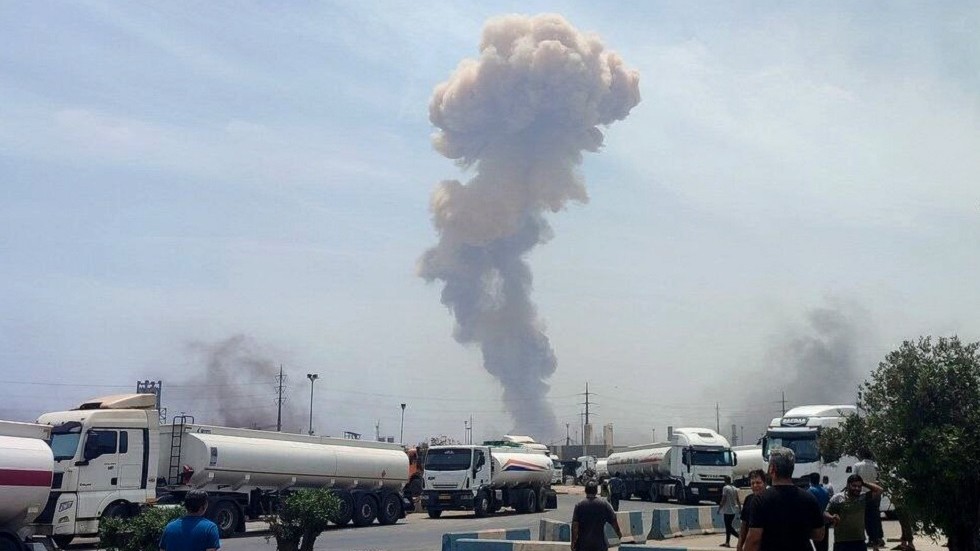Earlier this week, the President of the Federal Criminal Police Office (BKA), Holger Münch, warned of a "cocaine surge." The drug is spreading very rapidly in Germany, because the market in North America is saturated and the drug trade is now "more concentrated in Europe," according to Münch.
The Federal Government Commissioner for Addiction and Drugs, Burkhard Blienert, is concerned. "More than twice as many people are using cocaine than just a few years ago. This makes cocaine the clear number one illegal drug in Germany," he responded in writing to an inquiry from DW. "We are living in uncertain times, and in these times people are increasingly turning to drugs," he wrote.
The figures prove both experts right. According to the most recent police crime statistics for 2024, heroin-related offenses decreased last year, while those linked to cocaine increased by almost 5%, outranked only by new synthetic drugs.
The cocaine wars: Germany's fight against drug gangs
The total amount of cocaine seized in Germany in 2023 amounted to a record 43 tons, according to the Federal Criminal Police Office's (BKA) situation report. This was more than twice as much as in the previous year. Customs also reported a rapid increase in cocaine seizures , which almost doubled between 2021 and 2023. In contrast, there were hardly any significant changes in the numbers for other illegal drugs.
Wastewater analyses in German cities show increasing concentrations of cocaine residues , indicating a marked rise in consumption.
One of the reasons cited by BKA chief Münch for the increase in cocaine consumption is that the market for heroin has changed drastically, "because the Taliban have stopped the cultivation of opium in Afghanistan" this has led to a "shortage" of heroin, Münch continued.
The UN body monitoring worldwide drug trafficking reports a 95% decline in heroin.
Cocaine instead of hashish?
Cannabis consumption has been legalized in Germany for a year now.
"You can now smoke a joint in public without getting into trouble," says Jörn Memenga from the Association of German Criminal Investigators. "That could make cocaine more appealing to those keen to try something illegal," he explains.
Germany's first year of legalized cannabis: Has it worked?
One gram of cocaine costs between €50 and €80 ($57 and $91) for end users. This can be used to produce around 15 portions. A so-called line therefore, only costs around €5, as much as a glass of wine in a pub.
Nowadays, cocaine can be ordered easily and discreetly via messenger services such as Telegram. "It's like a delivery service. Instead of pizza, the messenger brings cocaine," Heike Zurhold, sociologist and criminologist at the Center for Addiction Research (ZIS) in Hamburg, told public broadcaster NDR.
The health risks can be serious. Cocaine acutely constricts the blood vessels and can trigger a heart attack or stroke in young people.
Above all, cocaine has long-term psychological effects and can lead to chronic anxiety and panic attacks, sleep disorders, paranoid delusions or narcissistic behavior, according to Ingo Schäfer, psychiatrist at the University Medical Center Hamburg-Eppendorf.
The North Sea ports of Hamburg, Rotterdam in the Netherlands and Antwerp in Belgium have long been hubs for drug smuggling from South America.
The cargo ships often come from the port metropolis of Guayaquil in Ecuador. The country has become a hub for international drug trafficking in just a few years. Security expert Carla Alvarez from the Instituto de Altos Estudios Nacionales in Quito tells DW: "Ecuador is located right between the world's number one producer of cocaine, Colombia, and the numbers two and three, Peru and Bolivia. And Guayaquil, with its port, logistics and infrastructure, is the ideal drug transshipment point. In addition, the Amazon region on the border with Peru is a huge gateway with very few checkpoints."
Over 2,000 containers set course for Europe from Ecuador every week, they often carry cocaine - usually hidden between bananas. Ecuador is one of the largest exporters of tropical fruit in the world. This constantly requires new routes, a large number of personnel and offers ever more creative ideas to transport the "white gold" to European consumers, Alvarez explains.
How Europe became addicted to cocaine
Powerless in the fight against drug cartels?
According to the UN Office on Drugs and Crime (UNODC), Latin American drug producers and traffickers consider the risk of being caught in Europe to be relatively low. Law enforcement does not work as well as in the US, for example. According to the latest report by the UN office, dealers also repeatedly succeed in corrupting port personnel. Not only that: in Germany, a public prosecutor is standing trial in Hannover district court this week. He is accused of having sold inside information on an investigation to a drug gang.
The Belgian and Dutch anti-drug authorities have drastically increased their police and customs personnel and modernized their equipment for the fight against drug trafficking in recent years. But Germany is lagging.
Addiction and Drugs Commissioner Burkhard Blienert hopes for a change — not least because the number of drug-related deaths has been rising for years. "These challenges cannot be tackled with police resources and penalties alone. We need a concerted approach from all players and institutions in the system: from prevention and help to a strict fight against drug-related crime," he says.
This article was originally written in German.
While you're here: Every Tuesday, DW editors round up what is happening in German politics and society. You can sign up here for the weekly email newsletter Berlin Briefing.

 7 hours ago
7
7 hours ago
7









